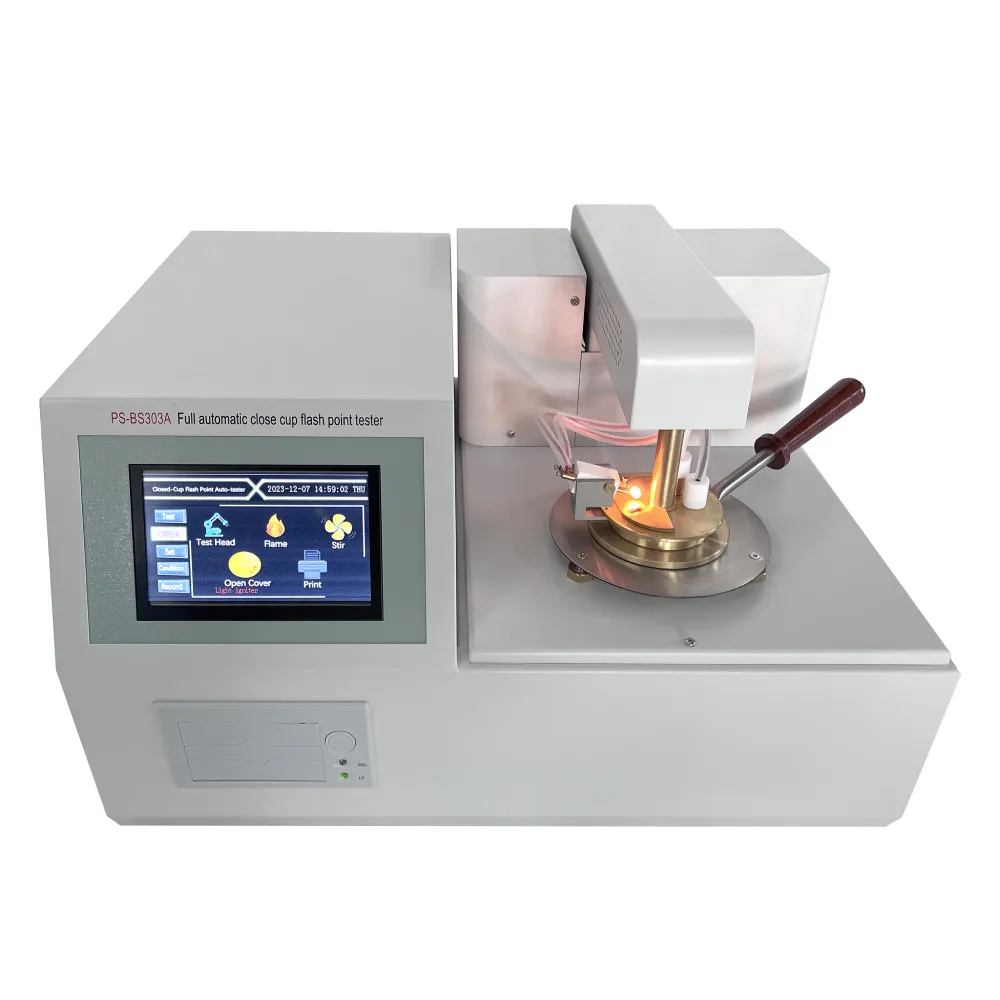 English
English


transformer paper insulation testing
Understanding Transformer Paper Insulation Testing
Transformer paper insulation plays a crucial role in the reliability and longevity of electrical transformers. This component is vital for maintaining the electrical integrity and performance of transformers, which are integral in the transmission and distribution of electrical power. Proper insulation testing is essential to ensure that transformer paper insulation operates effectively under high voltage and thermal stress conditions.
Transformer paper insulation, typically made from cellulose, is designed to withstand high temperatures and moisture conditions. Over time, however, insulation can degrade due to various factors such as thermal aging, chemical breakdown, and exposure to humidity. Therefore, conducting regular insulation testing is essential for detecting potential failures before they lead to costly outages or equipment damage.
One of the most commonly used methods for testing transformer paper insulation is the dielectric strength test. This test measures the voltage at which the insulation fails, providing insight into its ability to withstand electrical stress. A high dielectric strength indicates that the insulation is in good condition. Conversely, a decrease in dielectric strength suggests the presence of moisture or other contaminants, warranting further investigation.
transformer paper insulation testing

Another important test is the dissipation factor (tan δ) measurement. This test evaluates the quality of the insulation by assessing energy losses under an AC voltage. A low dissipation factor indicates low energy losses and, consequently, good insulation quality. An increase in tan δ can indicate aging or contamination of the transformer paper, requiring remedial action.
Moreover, insulation resistance testing is also performed. This involves applying a known voltage to the insulation and measuring the resistance. High resistance values signify intact insulation, while low values can indicate degradation or the presence of defects. Regular insulation resistance testing is vital for predictive maintenance, as it helps to identify insulation issues before they result in transformer failure.
Thermal imaging is an emerging technique for assessing transformer insulation health. By visualizing heat distribution across the transformer, it can identify hotspots caused by failing insulation. Addressing these hotspots promptly can prevent catastrophic failures and extend the operational life of the transformer.
In conclusion, transformer paper insulation testing is indispensable for maintaining transformer reliability and efficiency. Methods such as dielectric strength testing, dissipation factor measurement, and insulation resistance testing form the backbone of inspection protocols. With advancements in technology, such as thermal imaging, the ability to monitor the condition of transformer insulation continues to improve. Regular testing and maintenance not only protect essential electrical infrastructure but also optimize operational costs and ensure a continuous power supply. By prioritizing transformer insulation health, the industry can mitigate risks and enhance the resilience of power systems worldwide.
-
Differences between open cup flash point tester and closed cup flash point testerNewsOct.31,2024
-
The Reliable Load Tap ChangerNewsOct.23,2024
-
The Essential Guide to Hipot TestersNewsOct.23,2024
-
The Digital Insulation TesterNewsOct.23,2024
-
The Best Earth Loop Impedance Tester for SaleNewsOct.23,2024
-
Tan Delta Tester--The Essential Tool for Electrical Insulation TestingNewsOct.23,2024





